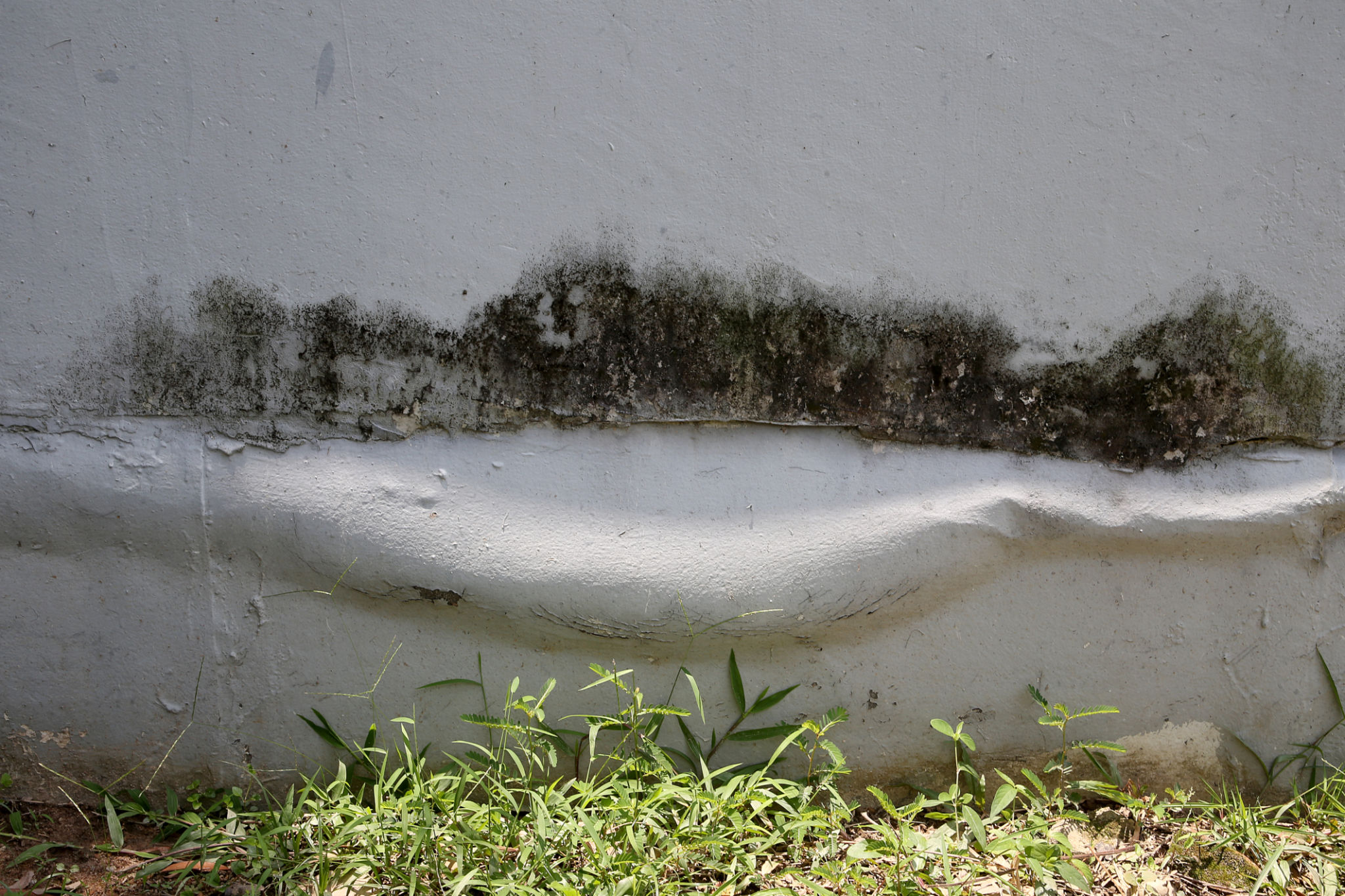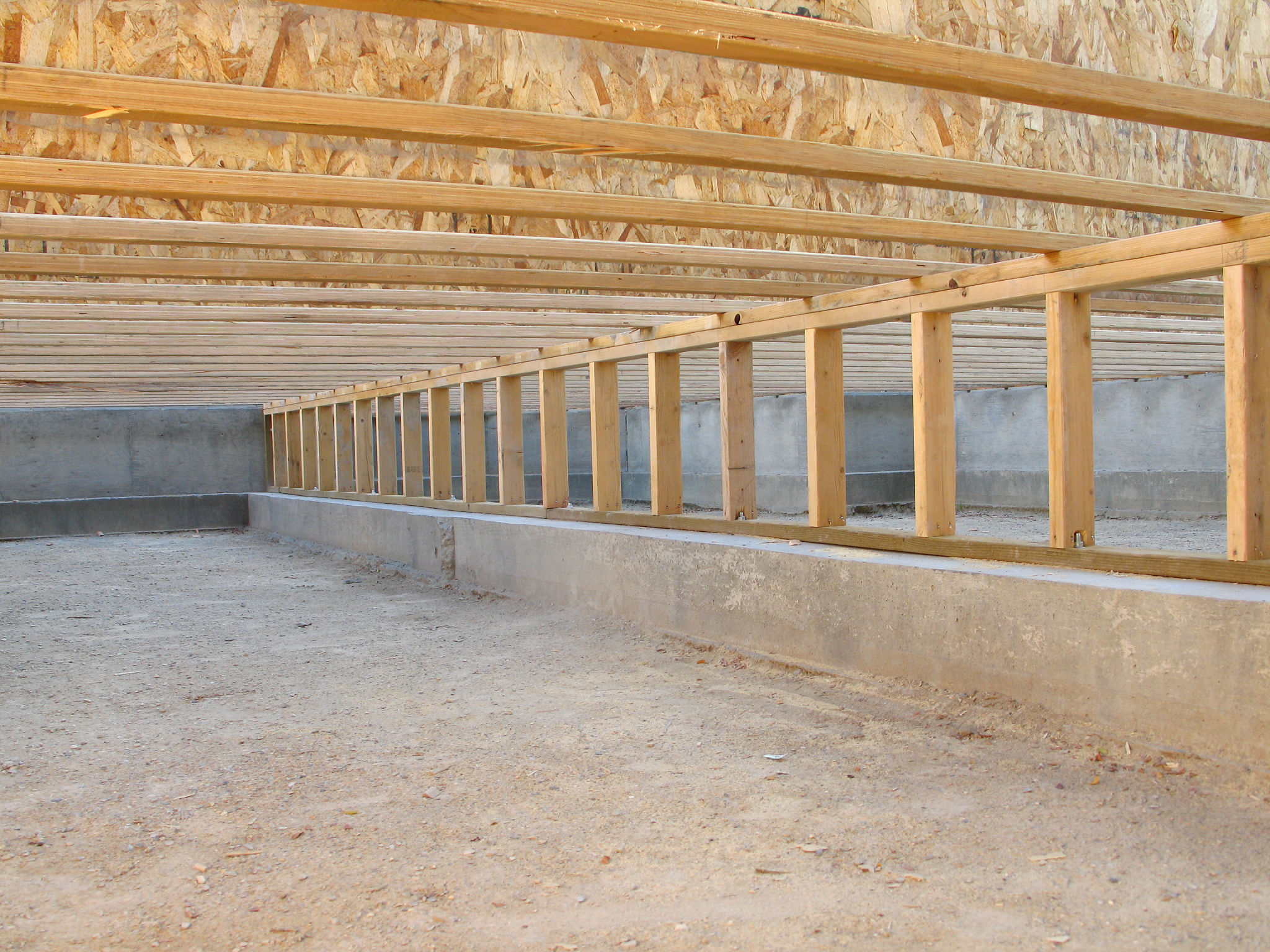Top Tips for Maintaining Crawlspaces in Humid Climates
Understanding the Challenges of Humid Climates
Maintaining crawlspaces in humid climates can be a daunting task. High humidity levels can lead to a myriad of issues, including mold growth, structural damage, and pest infestations. Understanding these challenges is the first step in addressing them effectively. Keeping your crawlspace dry and well-ventilated is crucial to preventing these problems from escalating.
Humidity can cause wood to rot and metal to rust, weakening the structural integrity of your home. Additionally, mold thrives in damp environments, posing health risks to inhabitants. By taking proactive measures, you can protect your home and maintain a healthy living environment.

Ensure Proper Ventilation
One of the most effective ways to manage humidity levels in your crawlspace is through proper ventilation. Adequate airflow helps to reduce moisture buildup, keeping the space dry. Consider installing vents strategically around the perimeter of the crawlspace. These vents should be kept open during the warmer months to allow moisture to escape.
In addition to vents, installing a crawlspace fan can enhance air circulation. This can be particularly beneficial in areas with extreme humidity levels. Fans help in pushing out moist air and drawing in drier air from outside, maintaining a balanced environment.
Install a Vapor Barrier
A vapor barrier is essential in any humid climate. These barriers are typically made from plastic or foil sheets and are installed on the ground and walls of the crawlspace. A vapor barrier prevents ground moisture from seeping into the crawlspace, thereby reducing humidity levels significantly.

When installing a vapor barrier, ensure it covers the entire ground area and extends partially up the walls. Overlapping seams and sealing them with waterproof tape can enhance the effectiveness of the barrier, providing a comprehensive shield against moisture.
Regularly Inspect for Leaks and Cracks
Routine inspections are crucial in maintaining a healthy crawlspace. Leaks and cracks are common entry points for water, which can exacerbate humidity issues. Check for leaks in plumbing lines that run through the crawlspace and repair them promptly. Similarly, inspect for cracks in the foundation or walls and seal them with appropriate materials.
Addressing these vulnerabilities quickly can prevent minor issues from developing into significant problems, ultimately safeguarding your home's foundation.

Consider Dehumidification
If natural ventilation and vapor barriers are insufficient, consider installing a dehumidifier specifically designed for crawlspaces. Dehumidifiers are highly effective at extracting excess moisture from the air, maintaining optimal humidity levels.
When choosing a dehumidifier, look for models that offer automatic humidity control, energy efficiency, and easy maintenance features. Regularly check the unit's water reservoir and clean filters as per the manufacturer's recommendations to ensure optimal performance.
Maintain Cleanliness and Organization
A clutter-free crawlspace is easier to manage and inspect. Ensure that the area is kept clean and organized. Remove any debris or stored items that could harbor moisture or pests. Keeping the space tidy not only makes inspections more manageable but also reduces potential hiding spots for pests.

Regularly sweeping out dust and dirt can also prevent mold spores from settling and proliferating, contributing positively to maintaining a dry environment.
Engage Professional Services
Sometimes, engaging professional services for crawlspace maintenance is necessary, especially if issues persist despite your best efforts. Professionals can offer comprehensive solutions tailored to your specific needs, ensuring optimal protection against humidity-related issues.
Professional services include advanced inspection techniques, installation of high-quality barriers or dehumidifiers, and expert repairs for any structural damages found during assessments.
Final Thoughts
Maintaining crawlspaces in humid climates requires vigilance and proactive measures. By implementing proper ventilation, installing vapor barriers, conducting regular inspections, considering dehumidification, and maintaining cleanliness, you can effectively manage moisture levels in your crawlspace.
Remember that professional assistance is always available if needed. Taking these steps will not only protect your home's structural integrity but also ensure a healthier living environment for you and your family.
